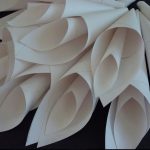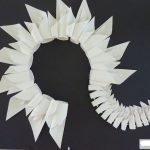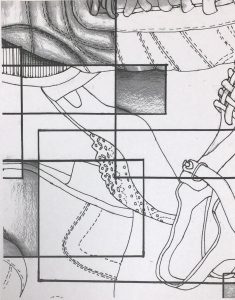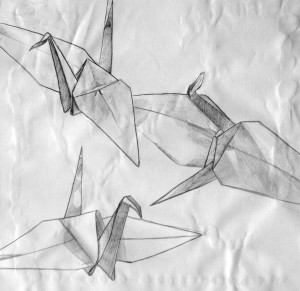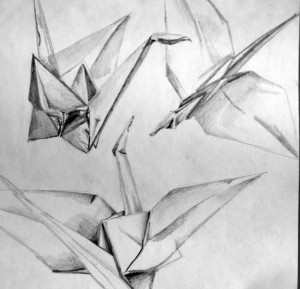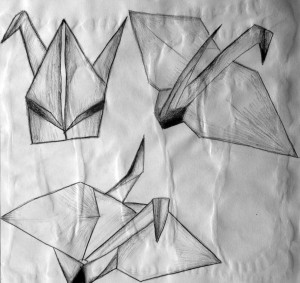Taken from http://victoriatorf.com/media_design/thumbnails_sketches.html
Thumbnail Sketches — Shorthand Drawing for Artists
Thumbnail Sketches are Shorthand Notes for Artists:
Thumbnail sketches are drawing quick, abbreviated drawings. Usually, they are done very rapidly and with no corrections – you can use any medium, though pen or pencil is the most common. Thumbnails sketches are usually very small, often only an inch or two high.

Thumbnails are Memory Aids and Planning Tools:
Thumbnail sketches can serve as a memory aid to help you remember important features of a subject, when making notes for a painting or drawing. They are also useful when visiting a gallery, to help you remember important pieces. Ofen artists use thumbnail sketches to plan pictures. You can quickly experiment with format and composition, placing just the major features – such as the horizon and any large objects, and indicating movement and balance.
-

-

How to Draw a Thumbnail Sketch:
Imagine your subject or picture stripped of all details, through squinted eyes, or in poor light. All you see are big rough shapes and some lines. Thats all you need for a thumbnail. First, sketch a rough box, smaller but in the same proportions as the finished picture might be. Then sketch in the horizon line, hills, or any major verticals or horizontals. The outline any key shapes, and quickly hatch in any strong dark areas. There are no right or wrong ways – that’s my approach, and it might work for you.
What is the value of thumbnails?
A quote from a convert:
“In this assignment I really felt the good use of doing thumbnails. The whole process of sketching, first by hand and then digitally, really paid off. The final design wasn’t in my mind at all when I started. But after making all of those sketches, all of the sudden it was just there.” MA
|
Thumbnails can be Colored:
Thumbnail sketches are a great way to plan color schemes. Use marker, colored pencil or watercolor to put in major areas of color in your picture. Small but intense colors can also be noted, as these can attract the eye, but don’t get bogged down with detail.

Making Notes and Working Drawings:
Once you’ve done your thumbnail sketch, you might want to make some notes alongside it. If at a gallery, you can record the artist’s name and the title, along with your thoughts about the painting. If sketching outdoors, you might record notes about the position of the sun, the particular colors, or make additional sketches to show small details. If you are planning a painting, you might want to do a working drawing. A working drawing is usually fairly large, sometimes as big as the finished piece, and carefully composed. The subject is sketched in, and potential problem areas might be done in more detail. This is where you can fine-tune your drawing before embarking on the finished piece.


















